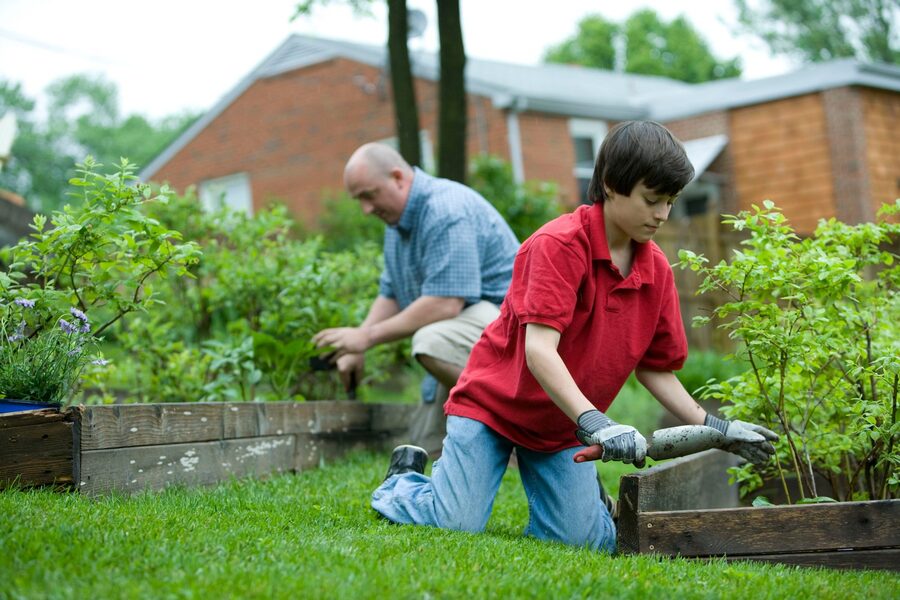Ashleigh Mostert
With so much information out there, it can be really daunting to figure out where to begin with starting a community garden.
That is why the Sustainable Gardens team have banded together to give you a step by step guide on getting your very own garden in your suburb. So, here we go.

Check to make sure there isn’t already a group formed at ‘Find your local community Garden’. If the answer is no, then you can move on to the:
Find your people. You can’t have a community without the people. We suggest starting a Facebook page called Community Garden “enter suburb name here”. Add a little introduction saying you are looking to get more people on board to start your garden. Do not try go it alone, one, it’s boring and two, it’s way too much work.
Promote that page! You can use other gardening sites such as ‘Brisbane Gardening Enthusiasts’ or even our very own one ‘Sustainable Gardens’ conveniently set up to connect all our community change makers. So, now you have your team together it is time for the
Find a site. So, you have the people and the drive to grow them sweet apples but where? If you are lucky and live in the middle of nowhere, you may find a farmer willing to give up a small piece of land. You just need to ask. Take a buddy to hold your hand if needs be, I know I would. If you’re like the other 90% of Australians living near the city, it may get a bit tricky. It’s worth going on your suburb’s local site and ask anyone if they have land, they are willing to build a community garden on, but don’t rely on a yes. So here is a list of the places you can talk to:
Fund your project. Getting funding is just one google search away. There are always groups looking to fund the next community start up. Check out your state government website or simply google community gardens. As I am writing this ‘Life Education’ has a grant open for anyone looking to start up their new project. You can not only rely on grants also have a look at more stable forms of income for the project such as:
The funding will also need to go towards public liability insurance. Remember safety is key.
Plan out your garden. We have provided you with many options on how your garden could look throughout the site. Feel free to use one of the provided designs or get creative with your own. Just remember you need to match the design to the site. If the area you are building your garden in is fertile then you do not have too much to worry about but if you’re building it in and old carpark you may have to consider a raised garden option. Just remember that where there is a will there is a way.
If you have not done so by now, I highly recommend approaching your local council and another established community group. They will be able to support you and give you all the little tips and tricks for approval of your project. By keeping the council informed of your progress you are showing your willingness and drive to make the project work.
So finally, you have made it through the quick and easy guide it’s time to fill out the councils ‘plan of action’ checklist. If you followed these steps it will make their guideline a piece of cake to follow.